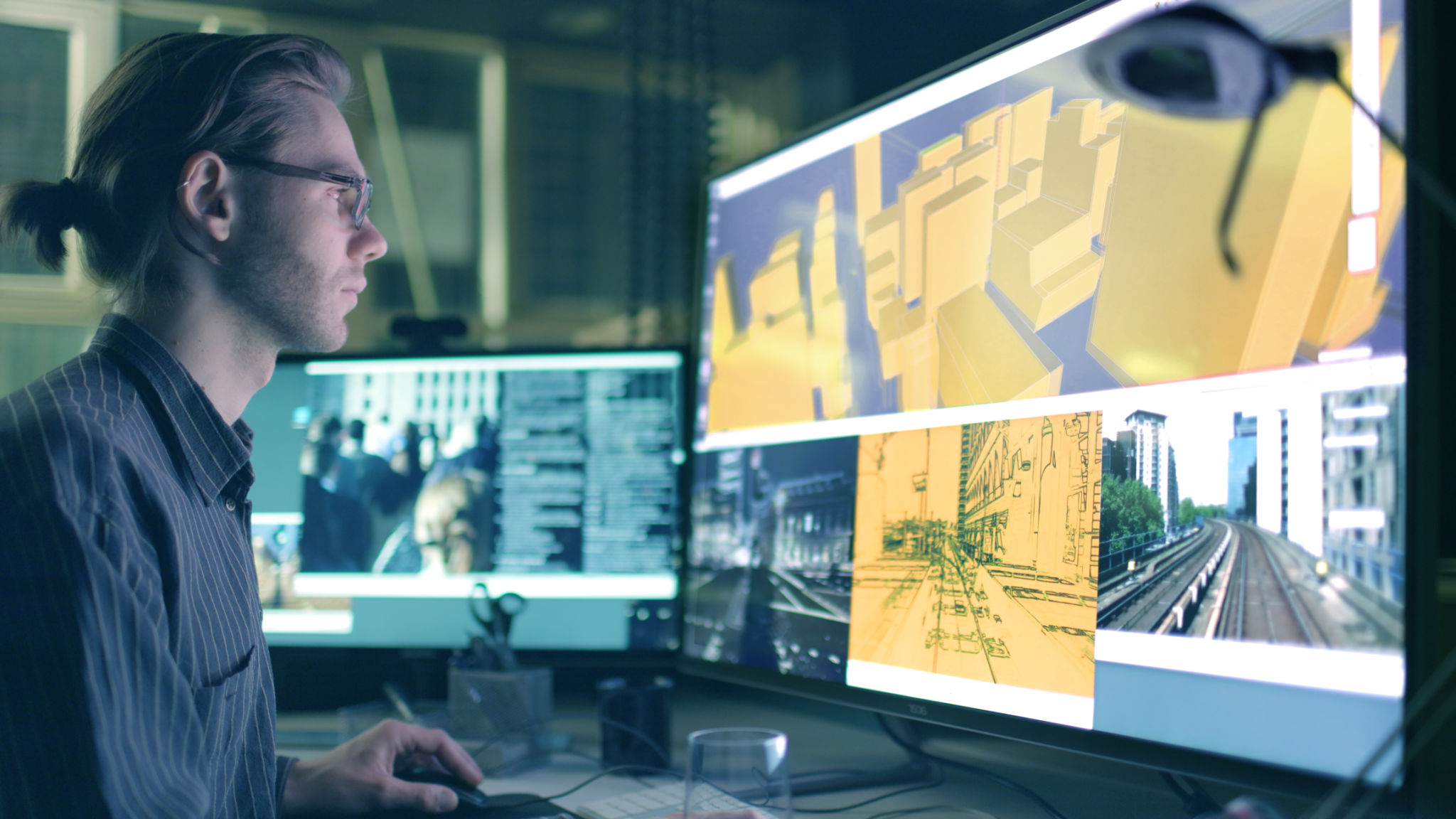Expert Tips on ADAS Calibration: Ensuring Accuracy and Safety
Understanding the Importance of ADAS Calibration
Advanced Driver Assistance Systems (ADAS) play a crucial role in enhancing vehicle safety by providing drivers with real-time information and automated responses. However, for these systems to function optimally, precise calibration is essential. Proper calibration ensures that the data collected by sensors, cameras, and other components is accurate, leading to safer driving experiences.
Calibration is not just a one-time requirement; it is necessary every time a vehicle undergoes repair or maintenance that affects the sensors or cameras. Failure to recalibrate can result in inaccurate readings, potentially compromising the safety features of the vehicle.

The Calibration Process: A Step-by-Step Guide
The calibration of ADAS involves several meticulous steps to ensure accuracy. Here is an overview of the typical calibration process:
- Inspect the vehicle for any physical damage that might affect sensor alignment.
- Ensure the vehicle is on a level surface and that tires are properly inflated.
- Use specialized calibration equipment to adjust cameras and sensors to manufacturer specifications.
- Conduct a test drive to verify that the ADAS functions correctly and safely.
Each step requires attention to detail and adherence to specific guidelines set forth by vehicle manufacturers. Skipping any of these steps can lead to improper calibration and reduced system effectiveness.

Common Challenges in ADAS Calibration
Calibrating ADAS involves several challenges that technicians often face. One major challenge is ensuring that all sensors are correctly aligned with the vehicle's axis. Misalignment can lead to errors in system operations, such as incorrect lane departure warnings or adaptive cruise control malfunctions.
Another challenge is dealing with different calibration requirements from various manufacturers. Each brand may have unique specifications, making it essential for technicians to be familiar with a wide range of vehicles and their respective calibration protocols.
Technology and Tools for Accurate Calibration
To address these challenges, modern calibration relies heavily on advanced technology and specialized tools. These include laser alignment systems, computer programs for sensor adjustment, and high-definition cameras for precise measurements. Staying updated with the latest tools in the industry ensures accuracy and efficiency in the calibration process.

Technicians must also receive continuous training to keep up with technological advancements in ADAS systems. Regular workshops and certification programs help maintain high standards in calibration practices, guaranteeing that vehicles are safe and reliable on the road.
The Future of ADAS Calibration
As automotive technology evolves, so too will the methods and tools used for ADAS calibration. The future holds potential for more automated and streamlined processes, reducing the time and effort required for accurate calibration. Innovations like artificial intelligence and machine learning could further enhance precision, making roads safer for everyone.
By investing in cutting-edge technologies and comprehensive training programs, auto repair shops can stay ahead in the rapidly changing landscape of ADAS systems. The commitment to accuracy and safety will continue to be at the forefront as vehicles become increasingly intelligent.

